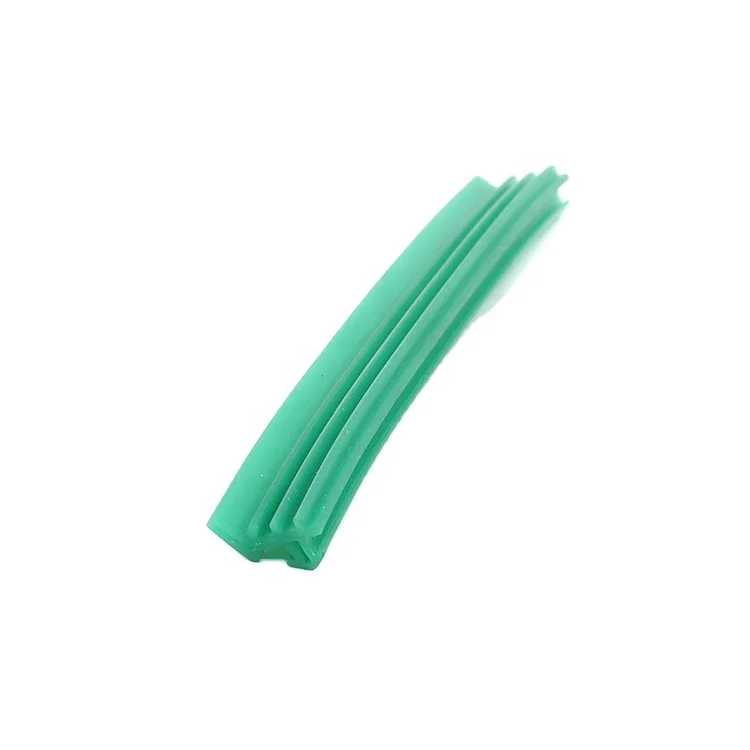Another significant factor influencing prices is the type of inverter technology used. There are primarily two types of off-grid solar inverters pure sine wave and modified sine wave inverters. Pure sine wave inverters, which provide a more stable and clean power output, are generally more expensive, often ranging from $1,000 to $3,000 depending on their capacity. In contrast, modified sine wave inverters are typically less expensive, costing between $300 and $800, but they may not be compatible with all appliances, particularly sensitive electronics.
 Home
Home












